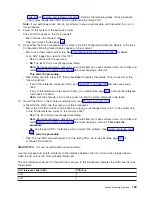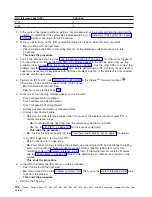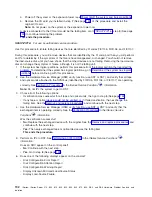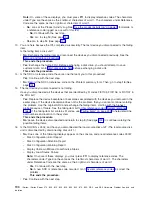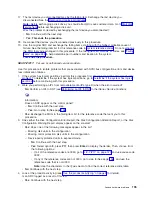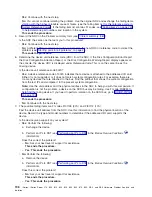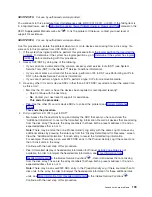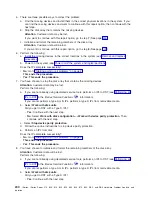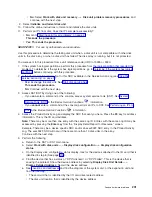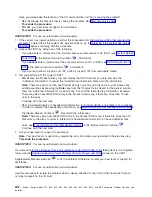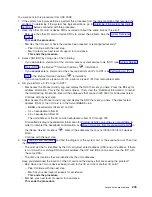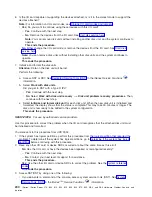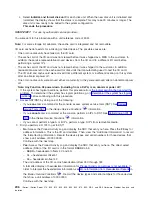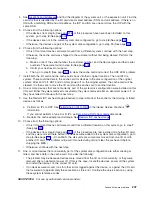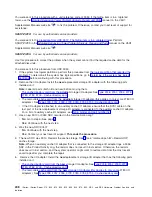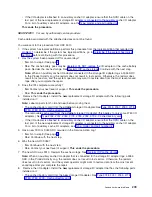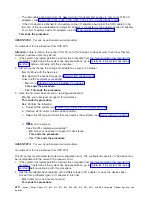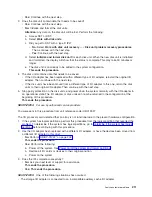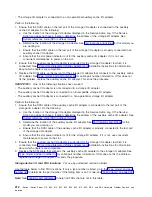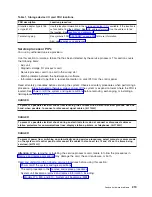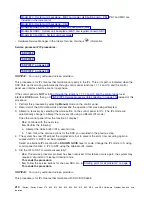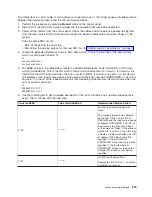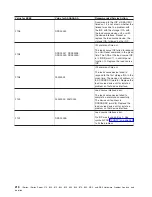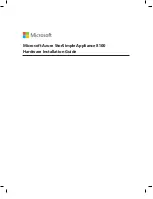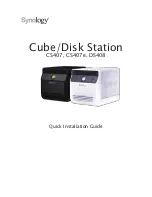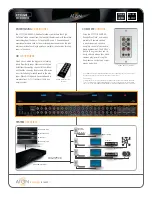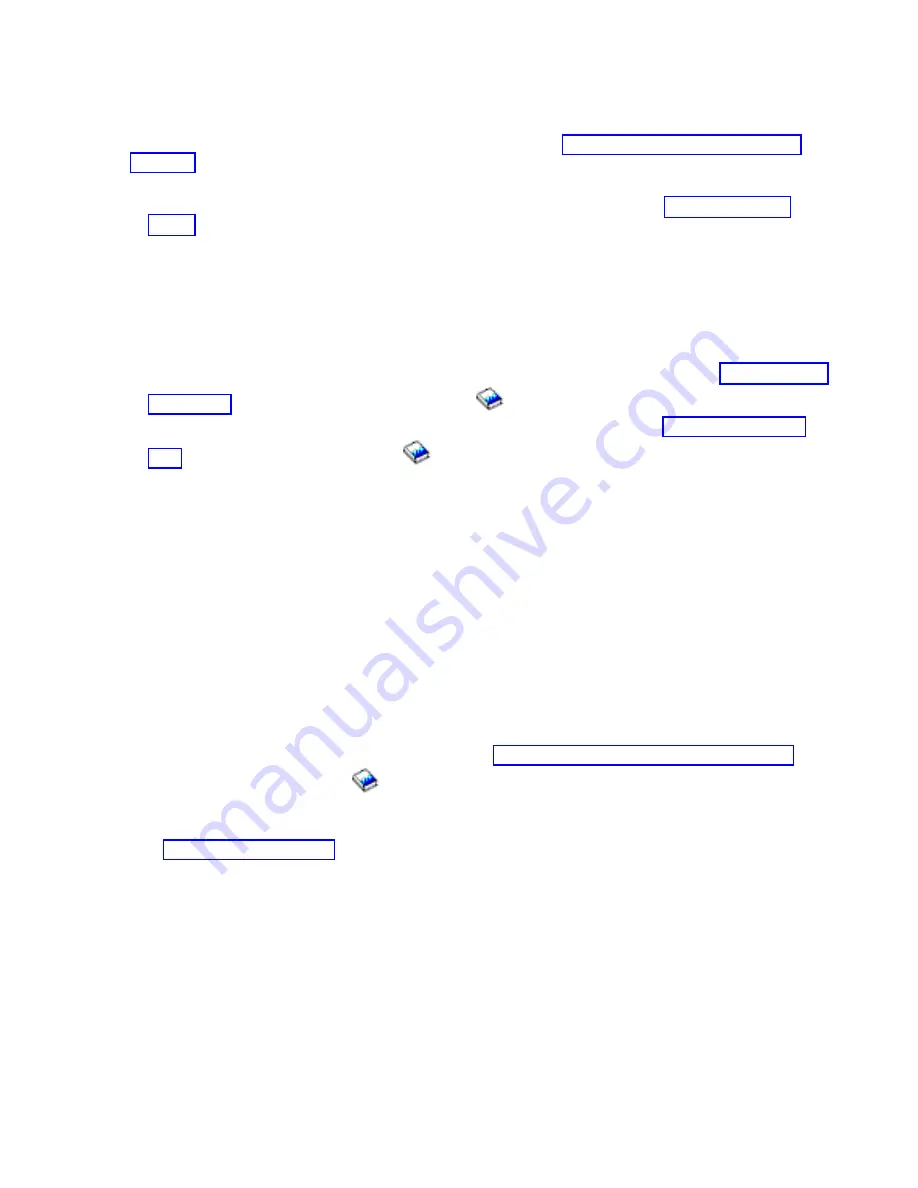
You
were
sent
to
this
procedure
from
URC
9008.
1.
If
the
system
has
logical
partitions,
perform
this
procedure
from
the
logical
partition
that
reported
the
problem.
To
determine
if
the
system
has
logical
partitions,
go
to
before
continuing
with
this
procedure.
2.
Have
any
other
I/O
card
or
device
SRCs
occurred
at
about
the
same
time
as
this
error?
v
Yes
:
Use
the
other
I/O
card
or
device
SRCs
to
correct
the
problem.
See
the
This
ends
the
procedure.
v
No
:
Has
the
I/O
card,
or
have
the
devices
been
repaired
or
reconfigured
recently?
–
Yes
:
Continue
with
the
next
step.
–
No
:
Contact
your
next
level
of
support
for
assistance.
This
ends
the
procedure.
3.
Access
SST/DST
by
doing
one
of
the
following:
v
If
you
can
enter
a
command
at
the
console,
access
system
service
tools
(SST)
(see
in
the
iSeries
(TM)
Service
Functions
information).
v
If
you
cannot
enter
a
command
at
the
console,
perform
an
IPL
to
DST
(see
in
the
iSeries
Service
Functions
information).
v
If
you
cannot
perform
a
type
A
or
B
IPL,
perform
a
type
D
IPL
from
removable
media.
4.
Did
you
perform
a
D
IPL
to
get
to
DST?
v
No:
Access
the
Product
Activity
Log
and
display
the
SRC
that
sent
you
here.
Press
the
F9
key
for
address
information.
This
is
the
I/O
card
address.
Then,
view
the
″
Additional
Information
″
to
record
the
formatted
log
information.
Record
the
addresses
that
are
not
0000
0000
for
all
devices
listed.
Continue
with
the
next
step.
v
Yes:
Access
the
Product
Activity
Log
and
display
the
SRC
that
sent
you
here.
The
direct
select
address
(DSA)
of
the
I/O
Card
is
in
the
format
BBBB-Cc-bb:
–
BBBB
=
hexadecimal
offsets
4C
and
4D
–
Cc
=
hexadecimal
offset
51
–
bb
=
hexadecimal
offset
4F
The
unit
address
of
the
I/O
card
is
hexadecimal
offset
18C
through
18F.
A
formatted
display
of
hexadecimal
information
for
Product
Activity
Log
entries
is
not
available.
In
order
to
interpret
the
hexadecimal
information,
see
in
the
iSeries
Service
Functions
.
Record
the
addresses
that
are
not
0000
0000
for
all
devices
listed.
Continue
with
the
next
step.
5.
See
and
find
the
diagram
of
the
system
unit,
or
the
expansion
unit.
Then
find
the
following:
v
The
card
slot
that
is
identified
by
the
I/O
card
direct
select
address
(DSA)
and
unit
address.
If
there
is
no
IOA
with
a
matching
DSA
and
unit
address,
the
IOP
and
IOA
are
one
card.
Use
the
IOP
with
the
same
DSA.
v
The
disk
unit
locations
that
are
identified
by
the
unit
addresses.
Have
you
determined
the
location
of
the
I/O
card
and
the
devices
that
are
causing
the
problem?
v
Yes
:
Have
one
or
more
devices
been
moved
to
this
I/O
card
from
another
I/O
card?
–
Yes
:
Continue
with
the
next
step.
–
No
:
Ask
your
next
level
of
support
for
assistance.
This
ends
the
procedure.
v
No
:
Ask
your
next
level
of
support
for
assistance.
This
ends
the
procedure.
Analyze
hardware
problems
203

